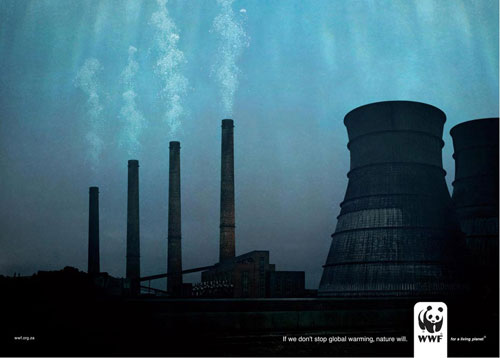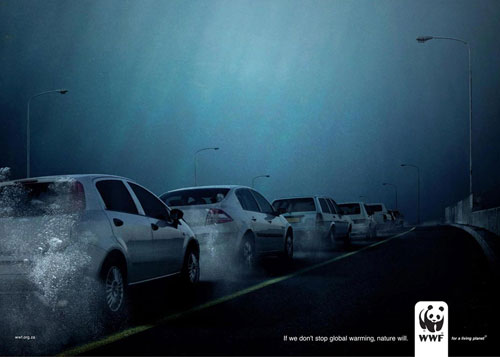
In the CTV news article, I saw this advertisement with Berlusconi and three women that was released from Ford India. This picture was never used commercially, but it appeared on the Internet and caused an uproar. This is a bigger problem at this time because it wasn’t long a go that a girl was victimized in a gang rape on a bus and provoked the nation into a massive protest. India passed a new law on violence against women, and the status of women in India has been in the spotlight since the incident.
It’s not clear if anyone at Ford India has seen or approved this advertisement. But with Ford’s name and its Indian-made vehicle in the picture, the blame is to be aimed at the company. Whether it was made by Ford or not, this advertisement obviously contradicts the cultural and social trend surrounding India right now. The whole country is concerned about the gang rape, the status of women and how to prevent further issues like this. The way this ad portraits women, tied up in the trunk of the vehicle, would be the last thing the consumers want to see in an advertisement.
Similar advertisements feature Paris Hilton in the driver’s seat with Kardashian sisters tied up in the trunk and Michael Schumacher with other Formula One drivers as well. They all have the same phrase “Leave your worries behind with the Figo’s extra-large boot.” Okay, we get what you are trying to say. However, this is not the right way to approach the consumers especially in India after the incident and where very conservative social values exist.
This is a good example of advertisements that failed to target customers appropriately. Because of this, Ford’s image was harmed, lost a bit of its brand value, and cannot escape from all the blame.



 It’s seen in this
It’s seen in this 


